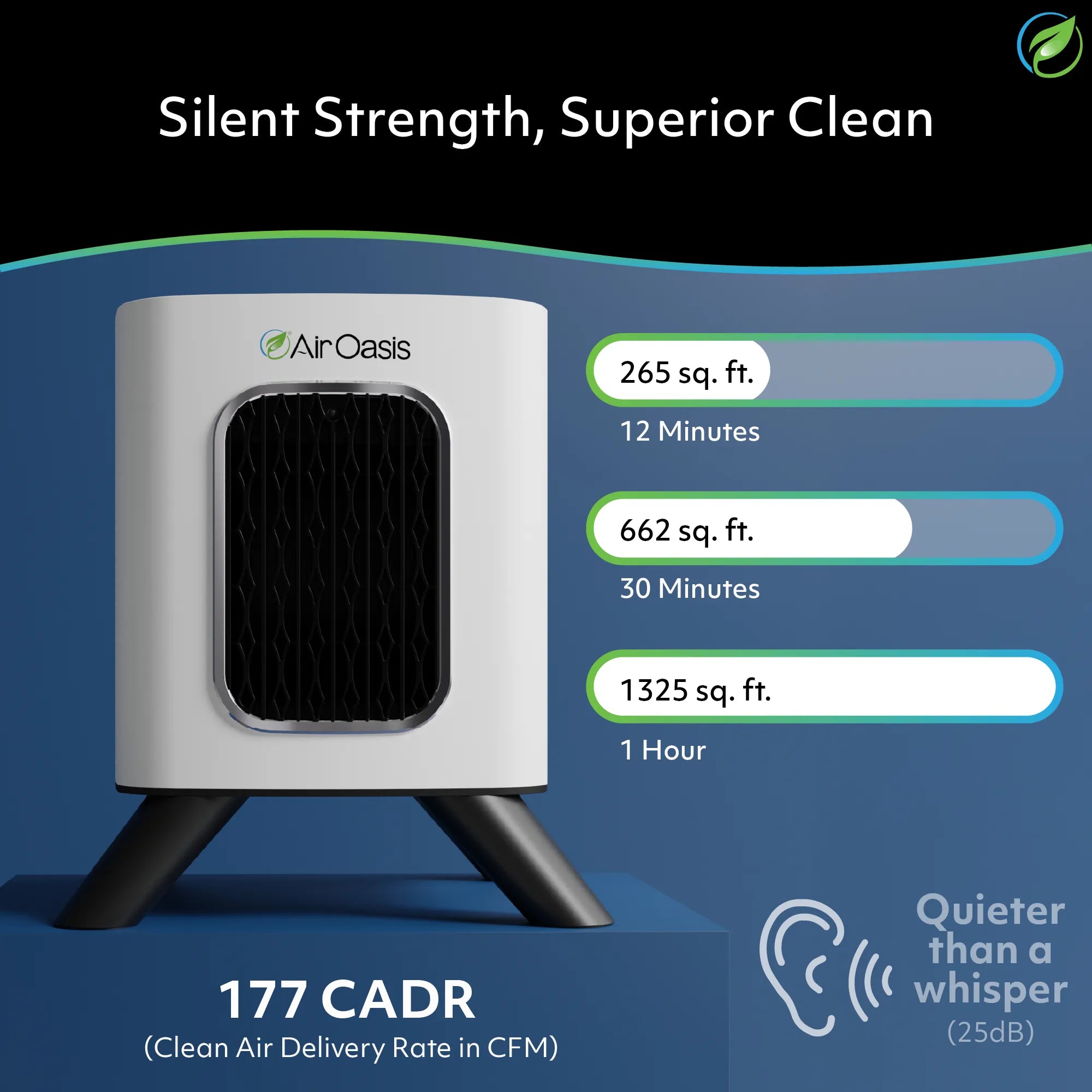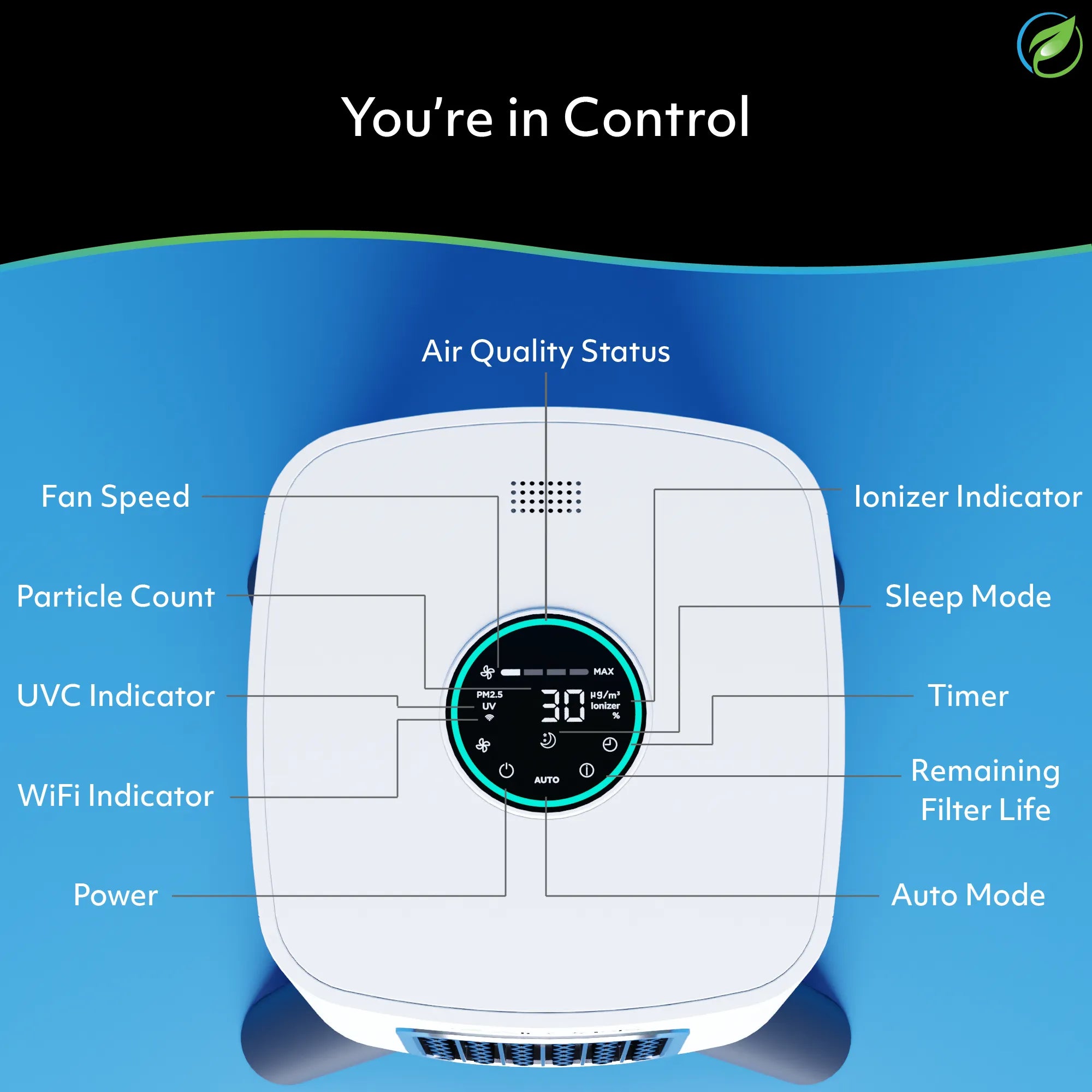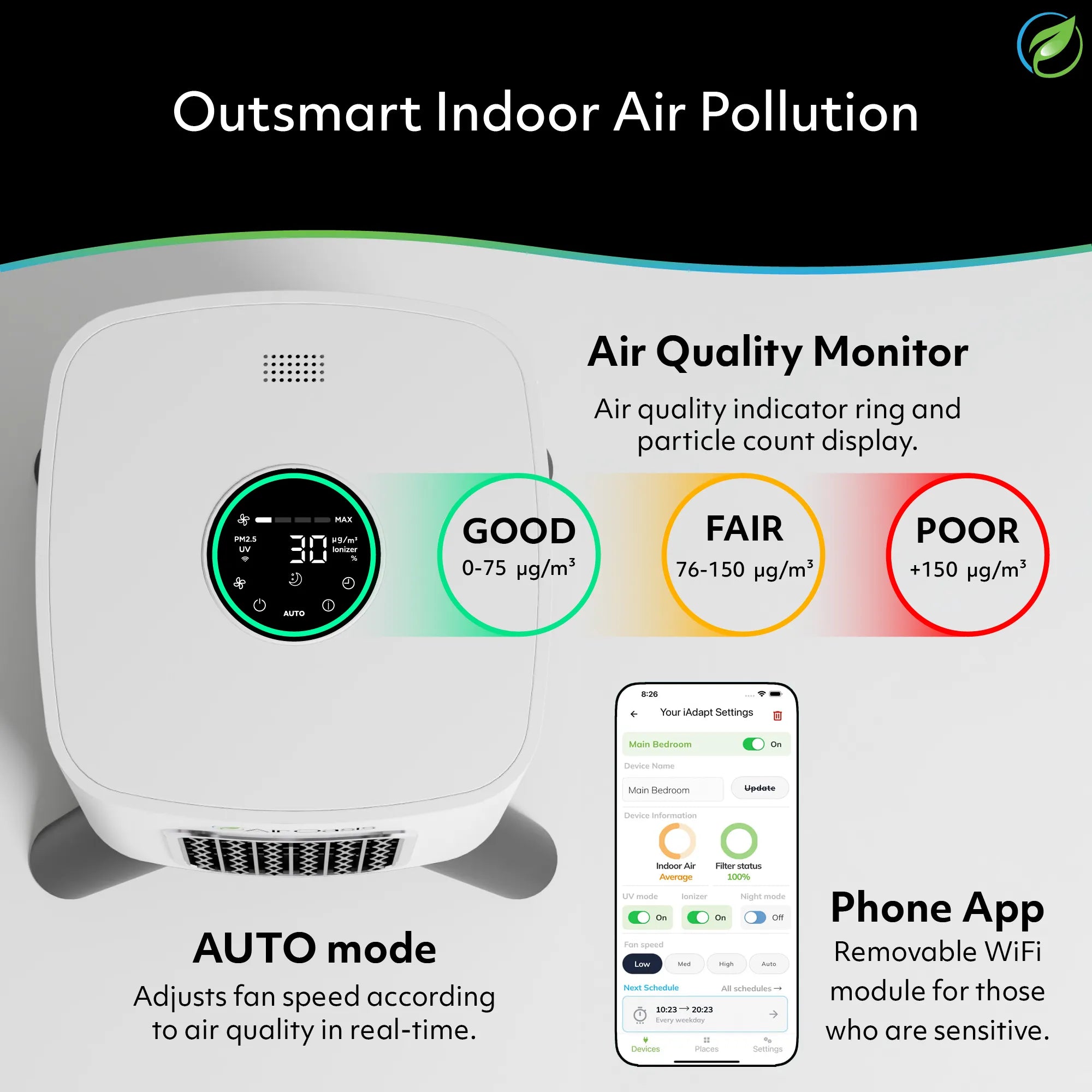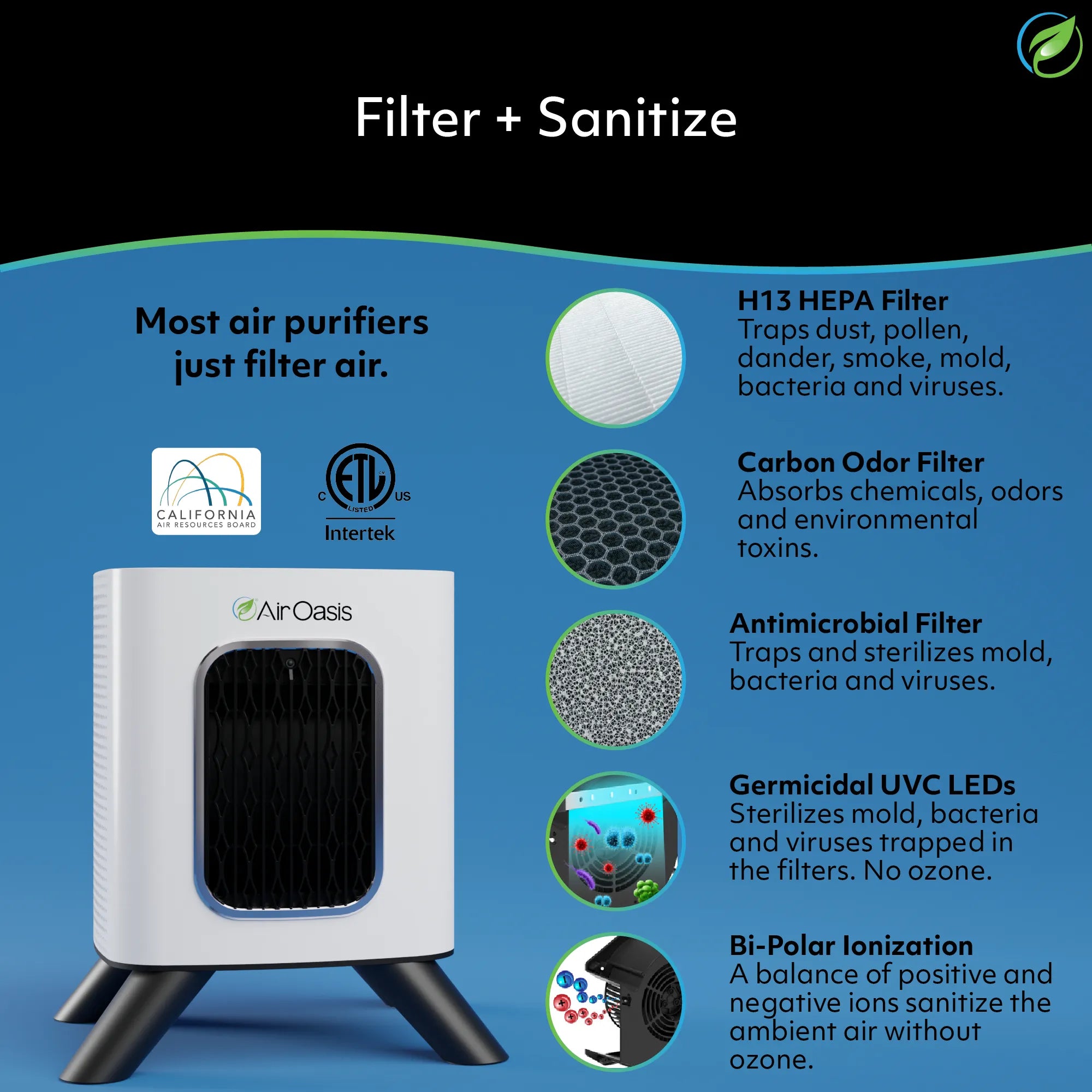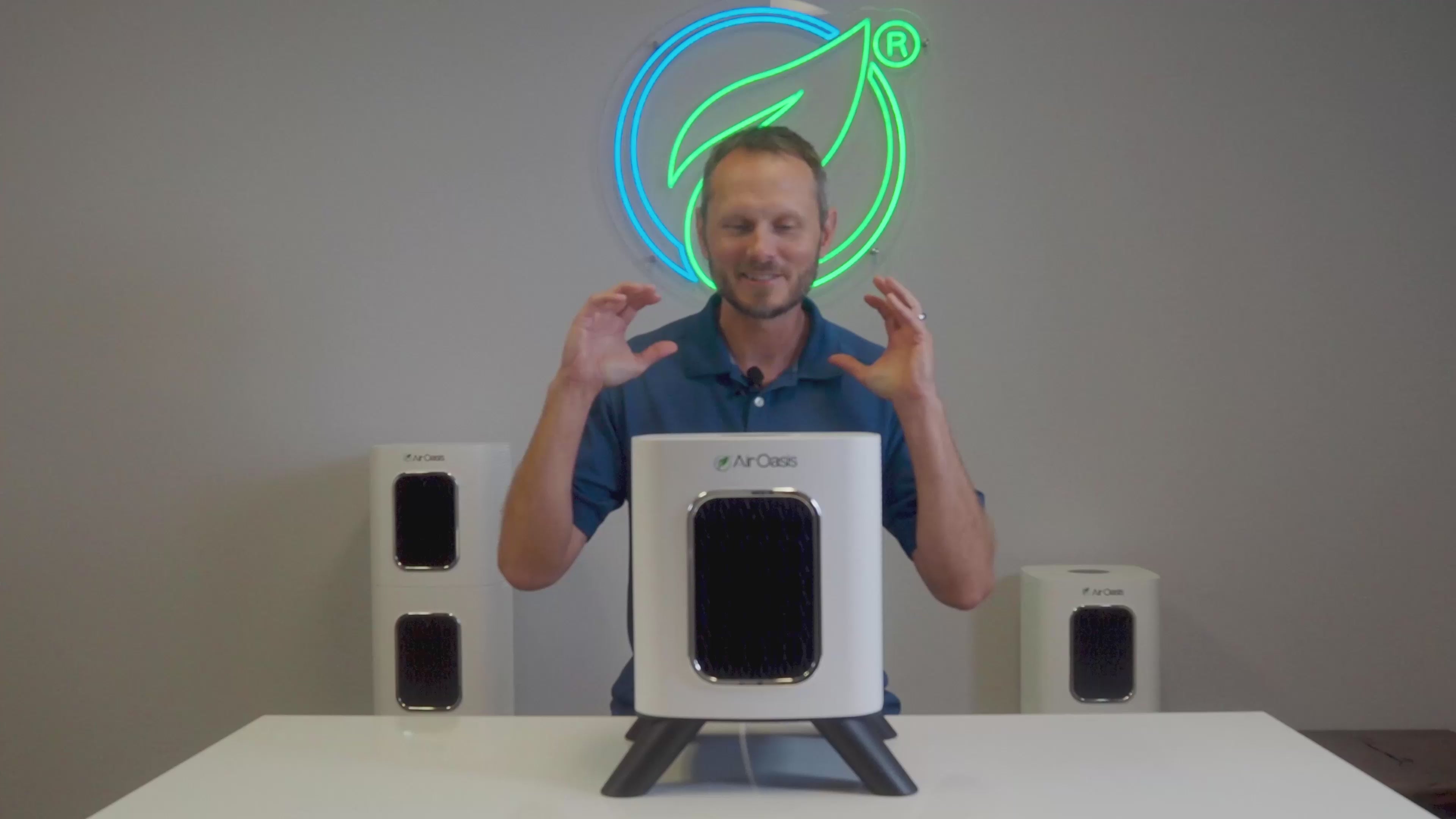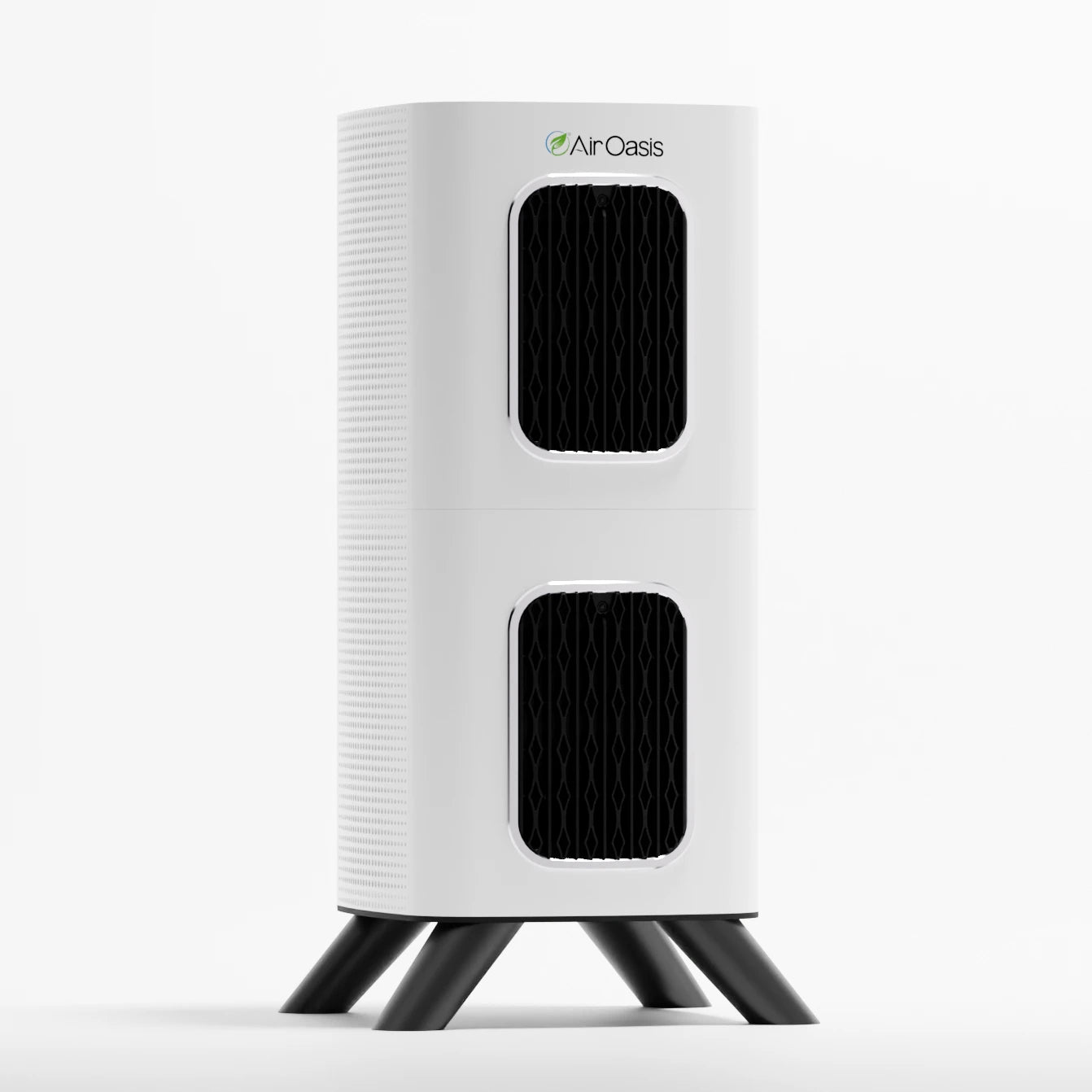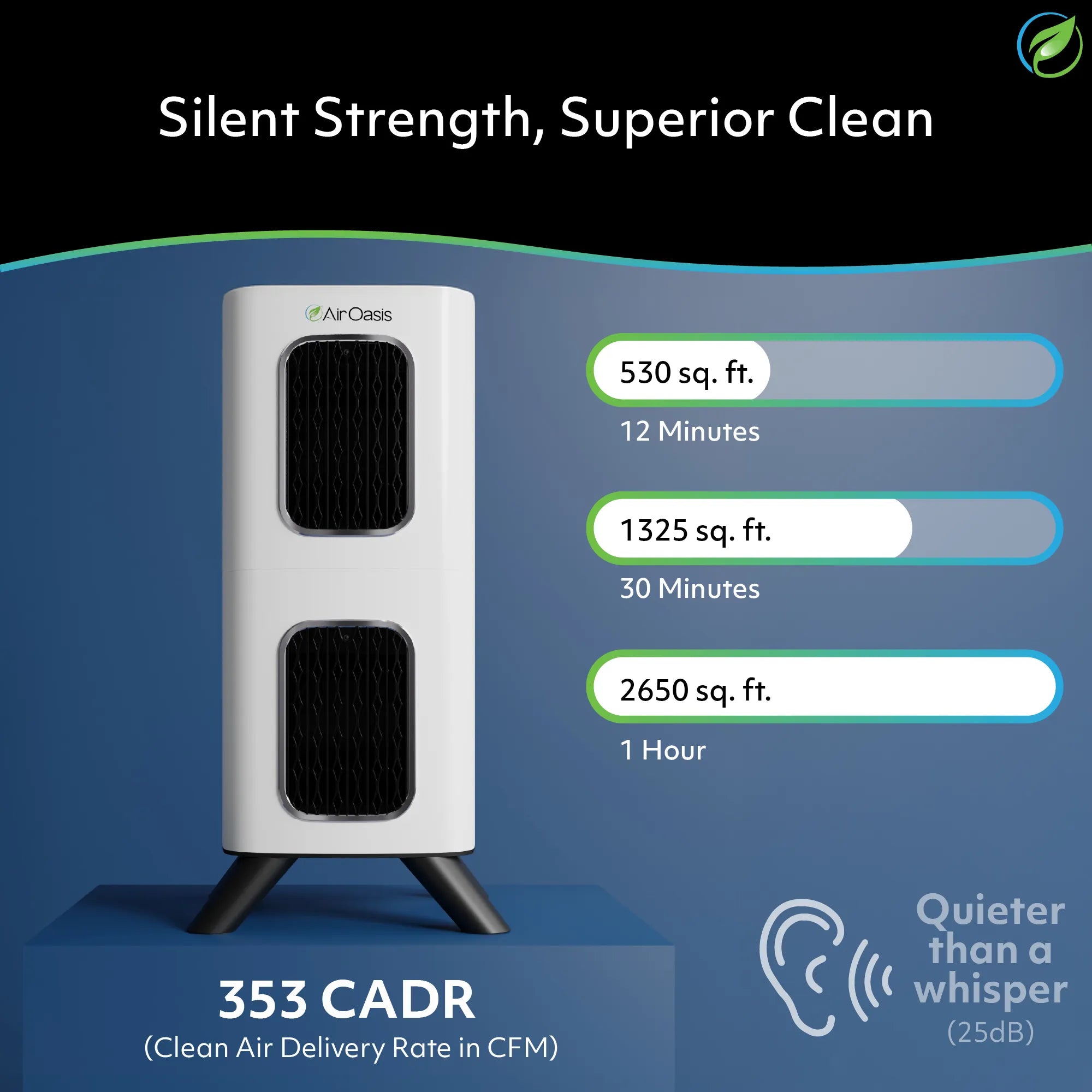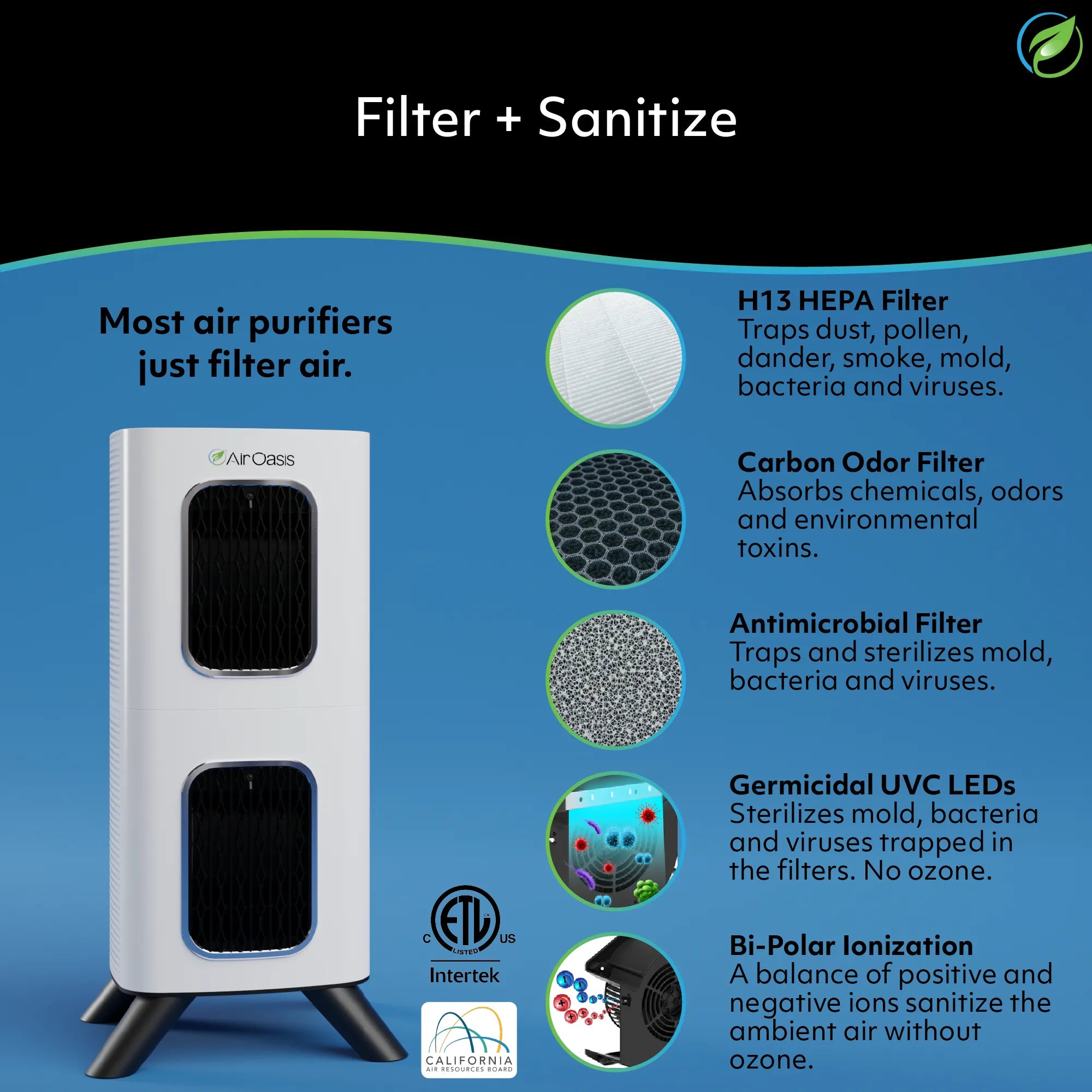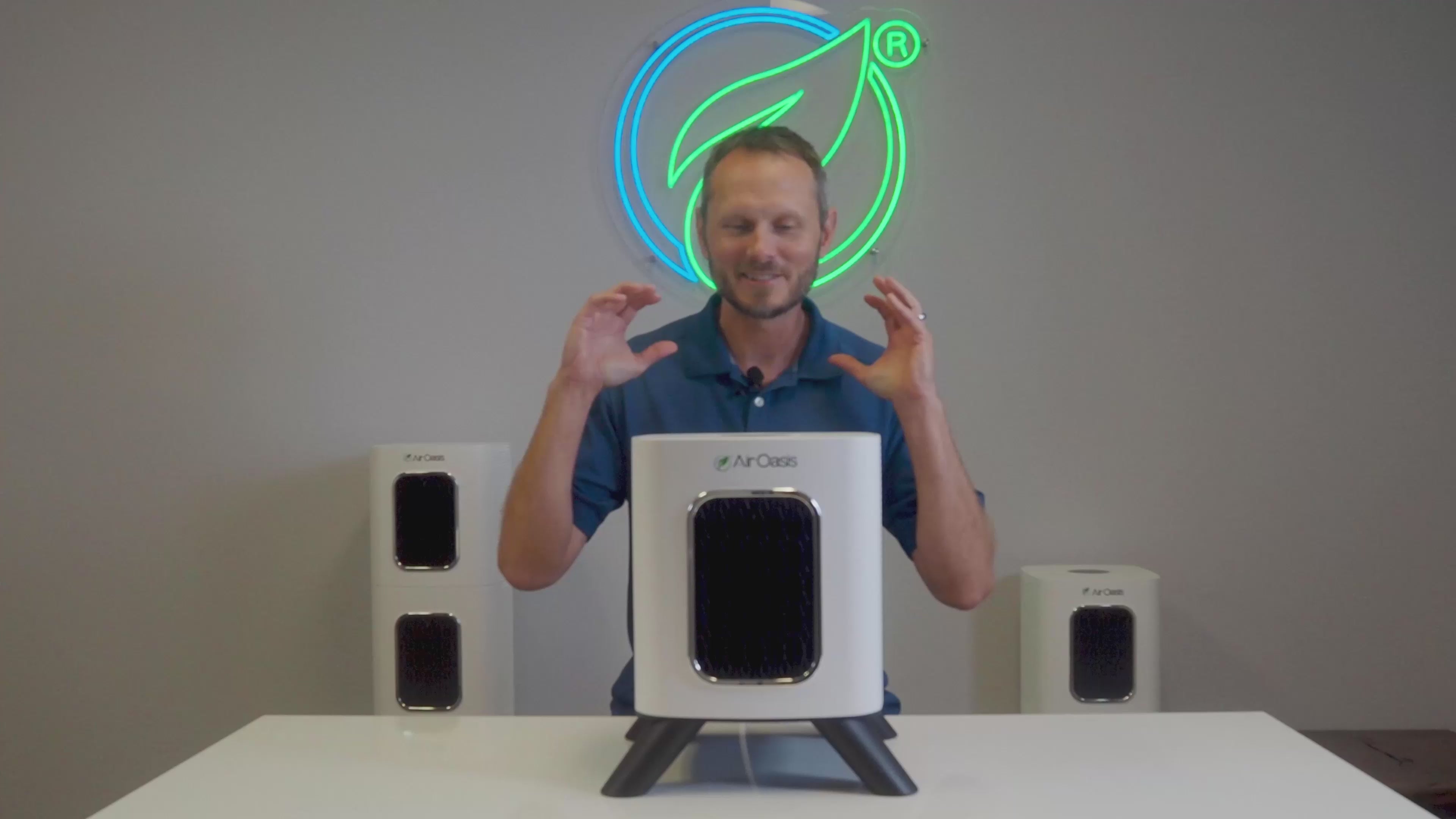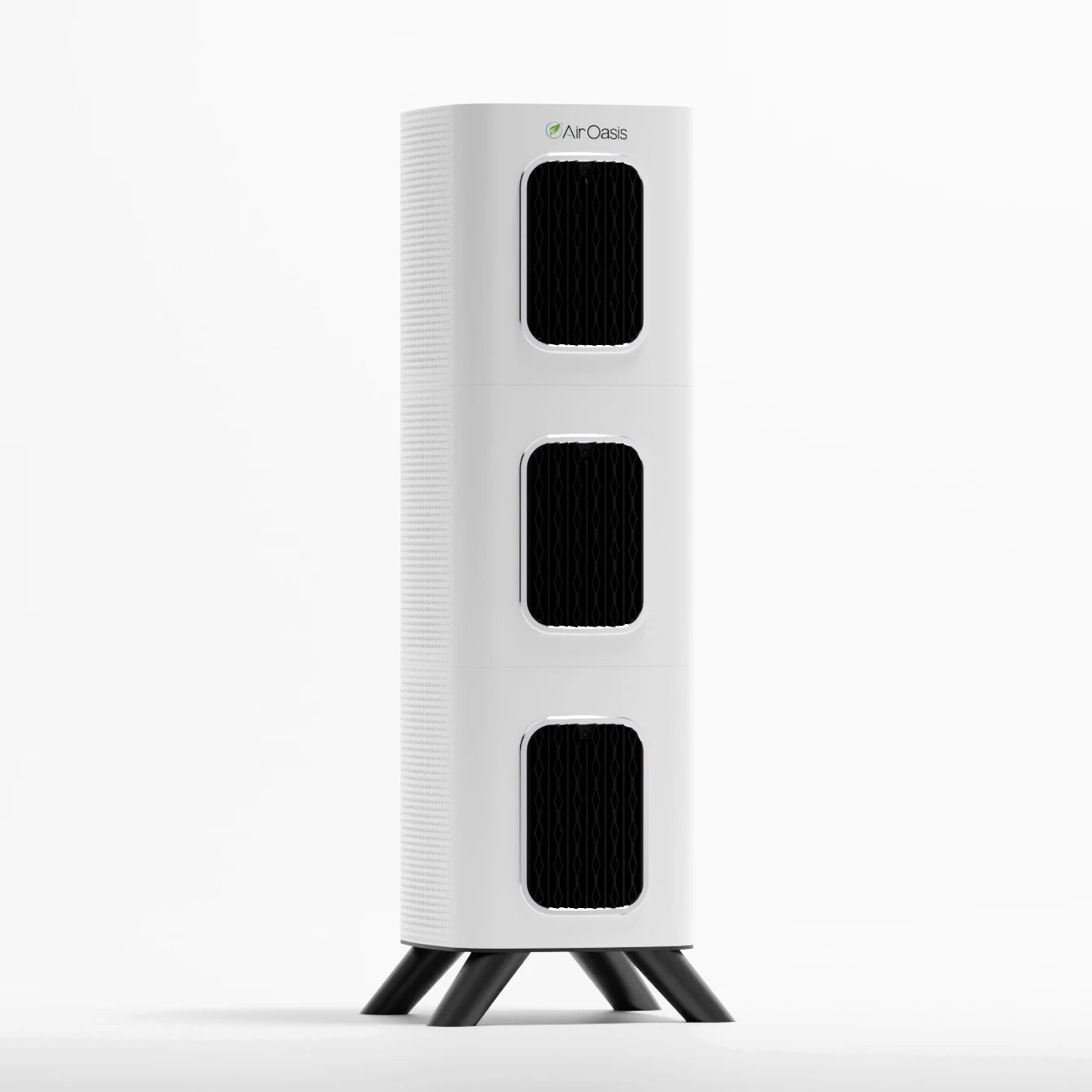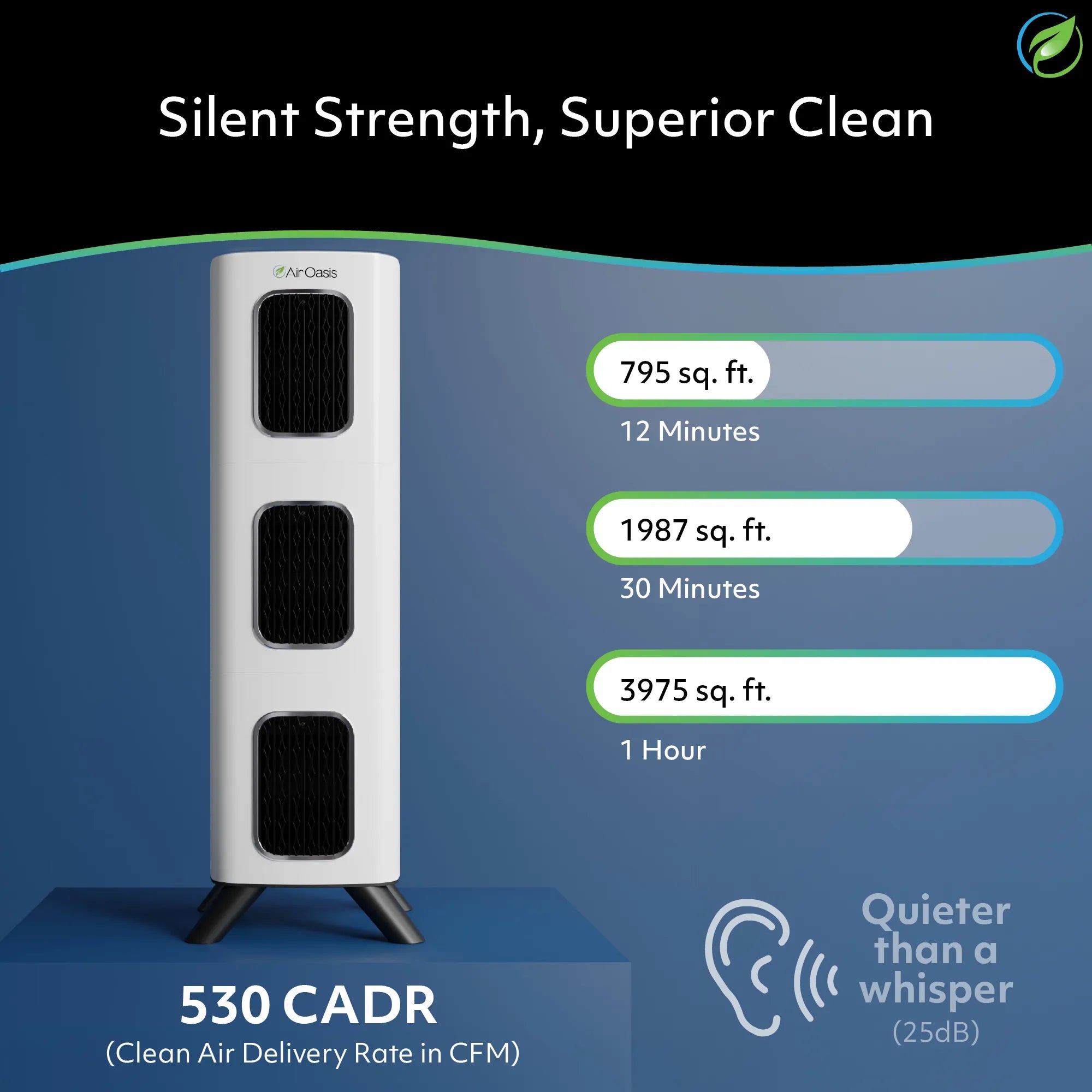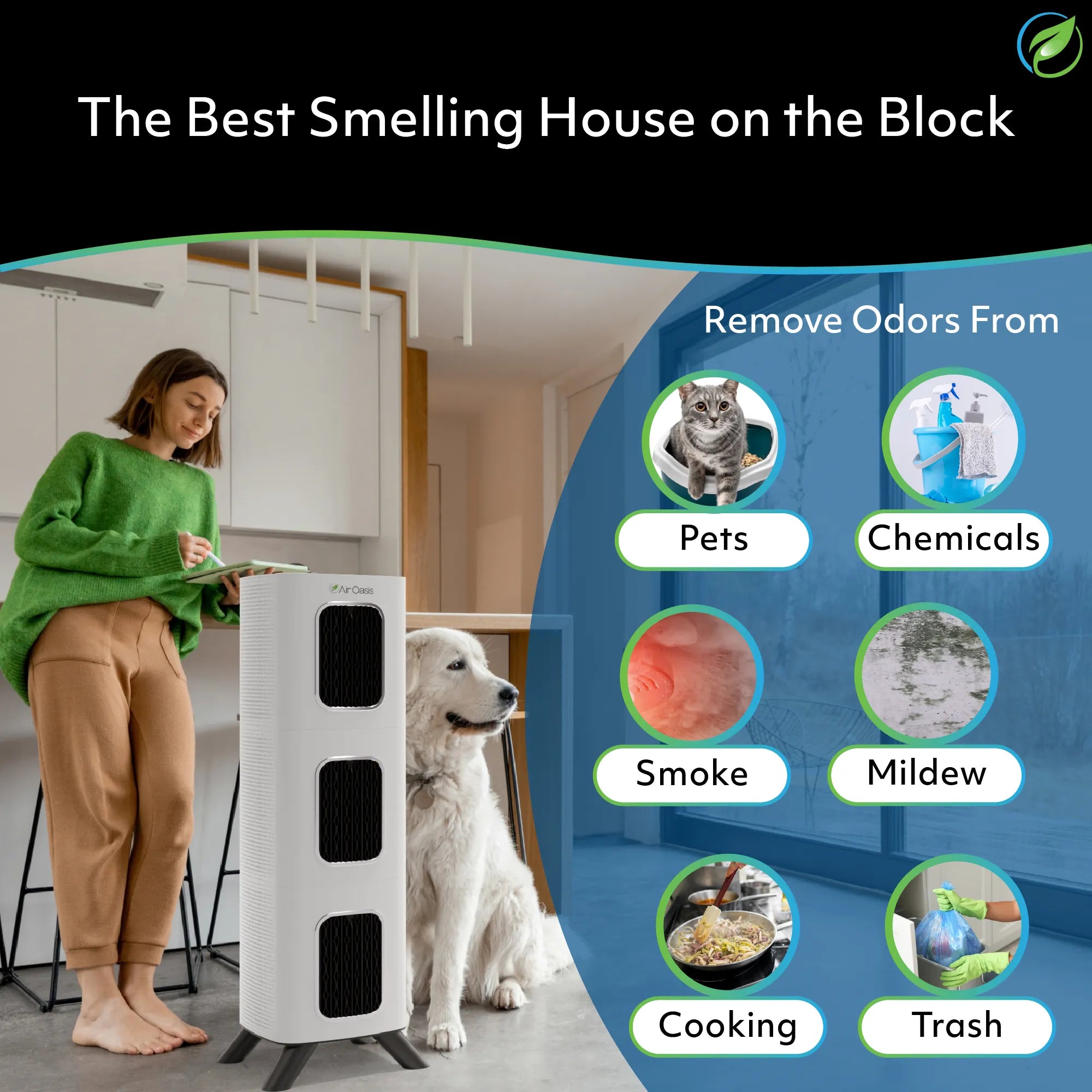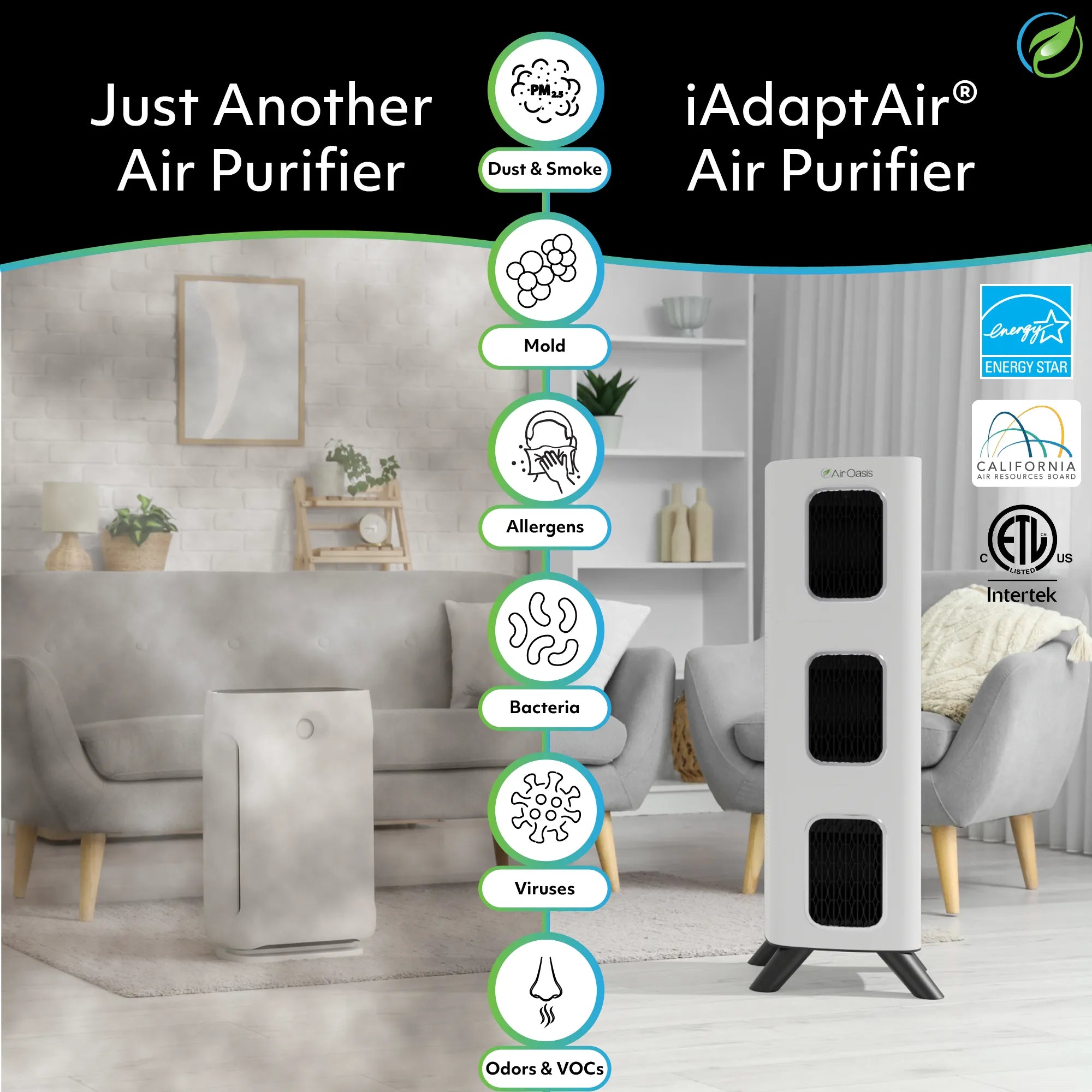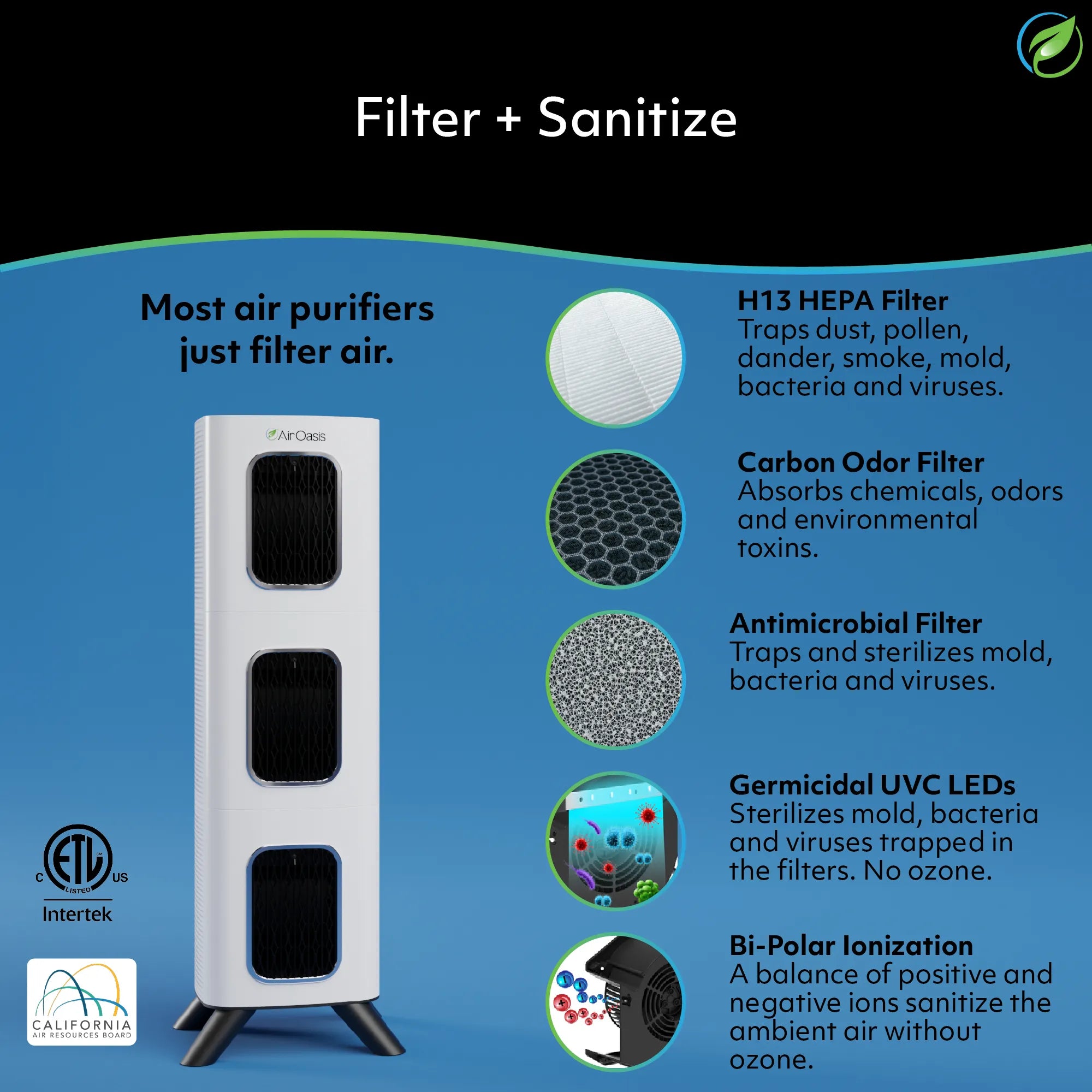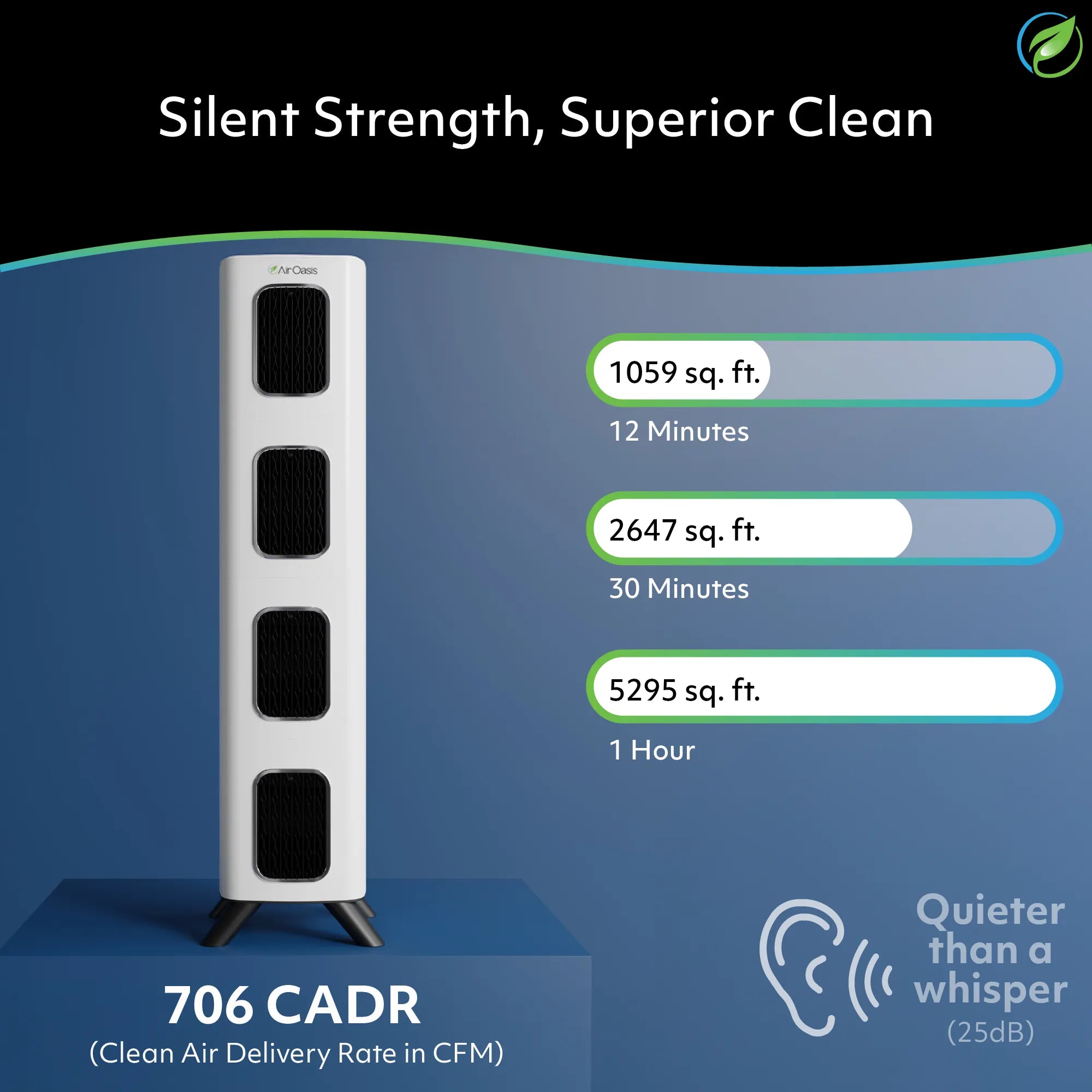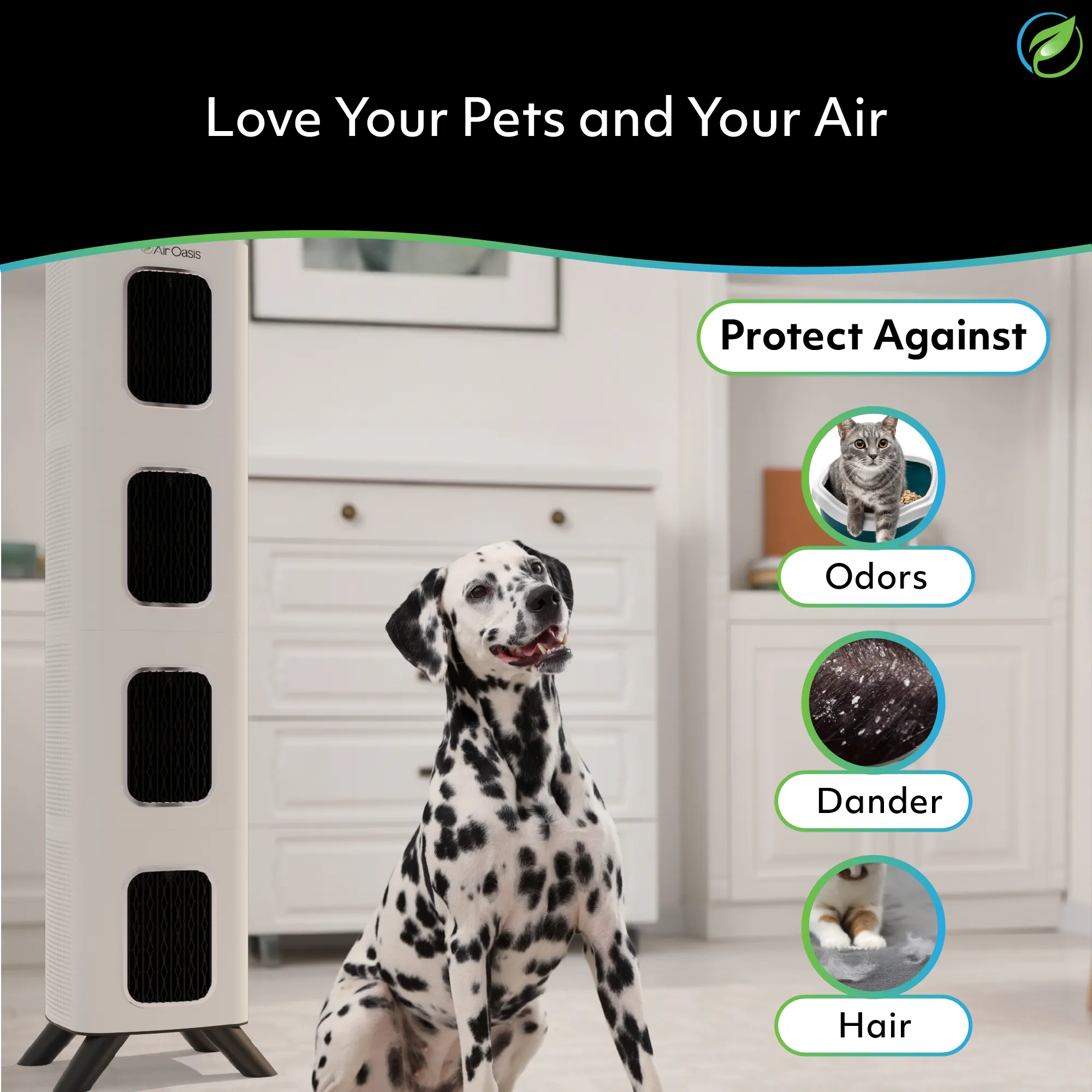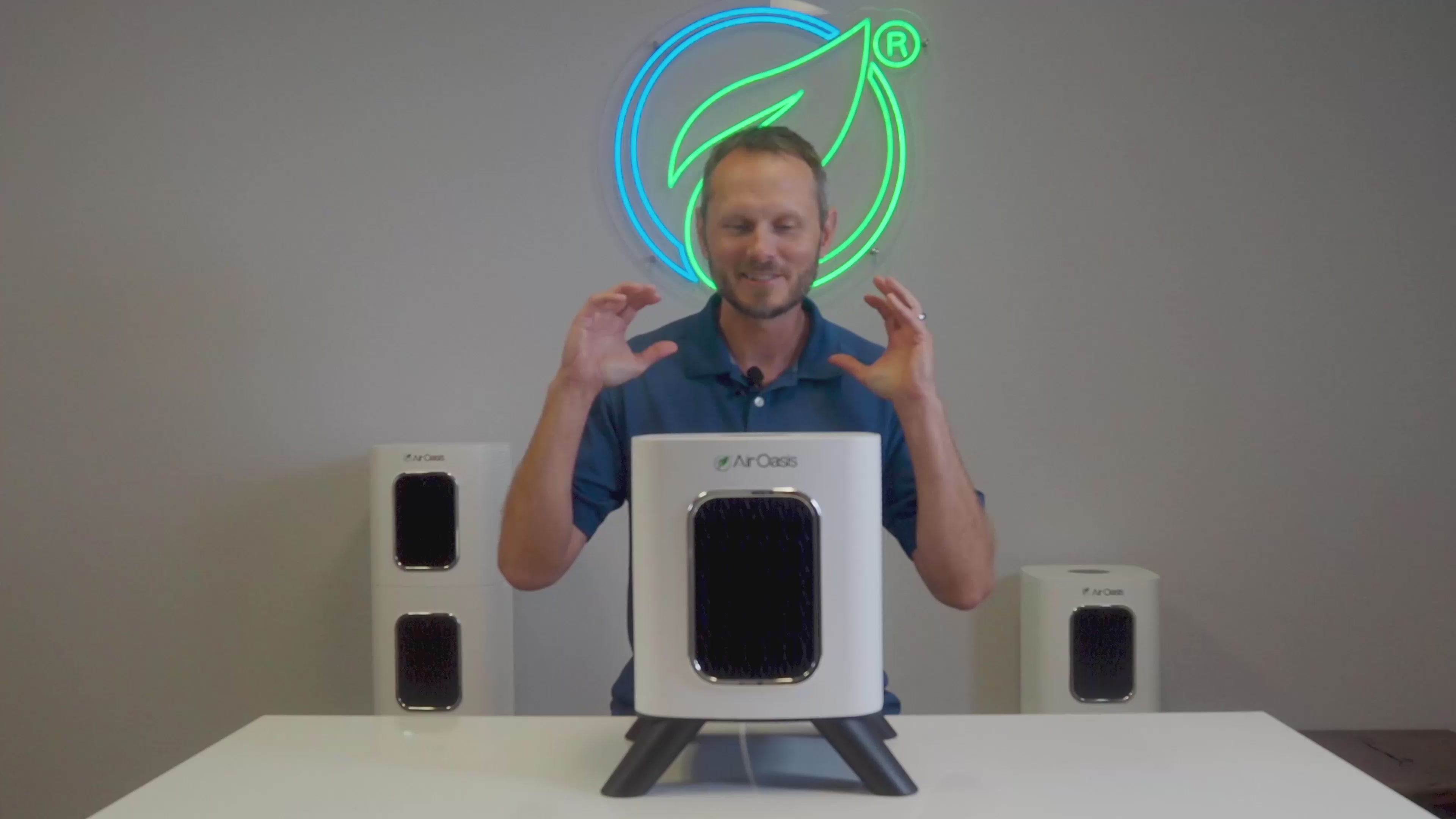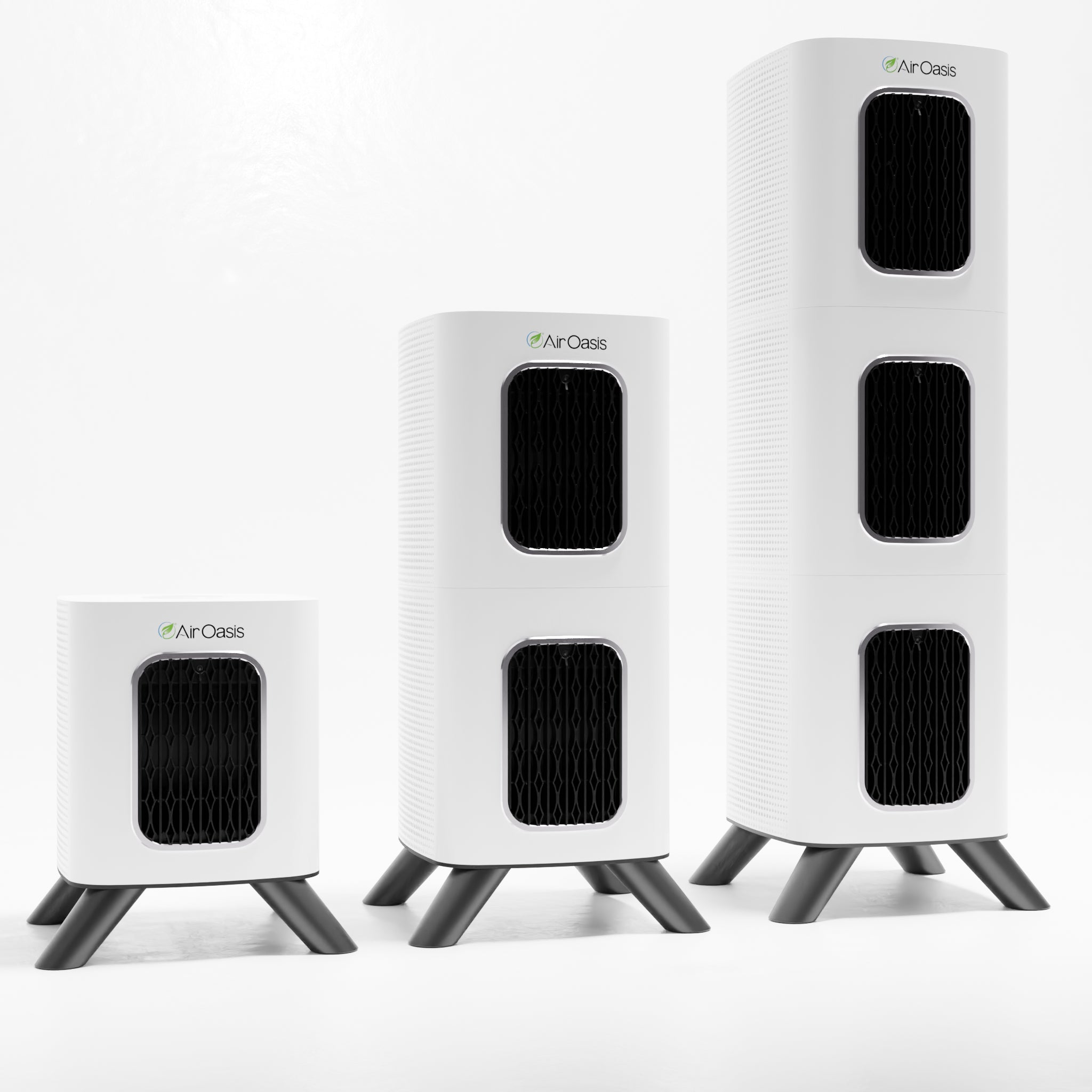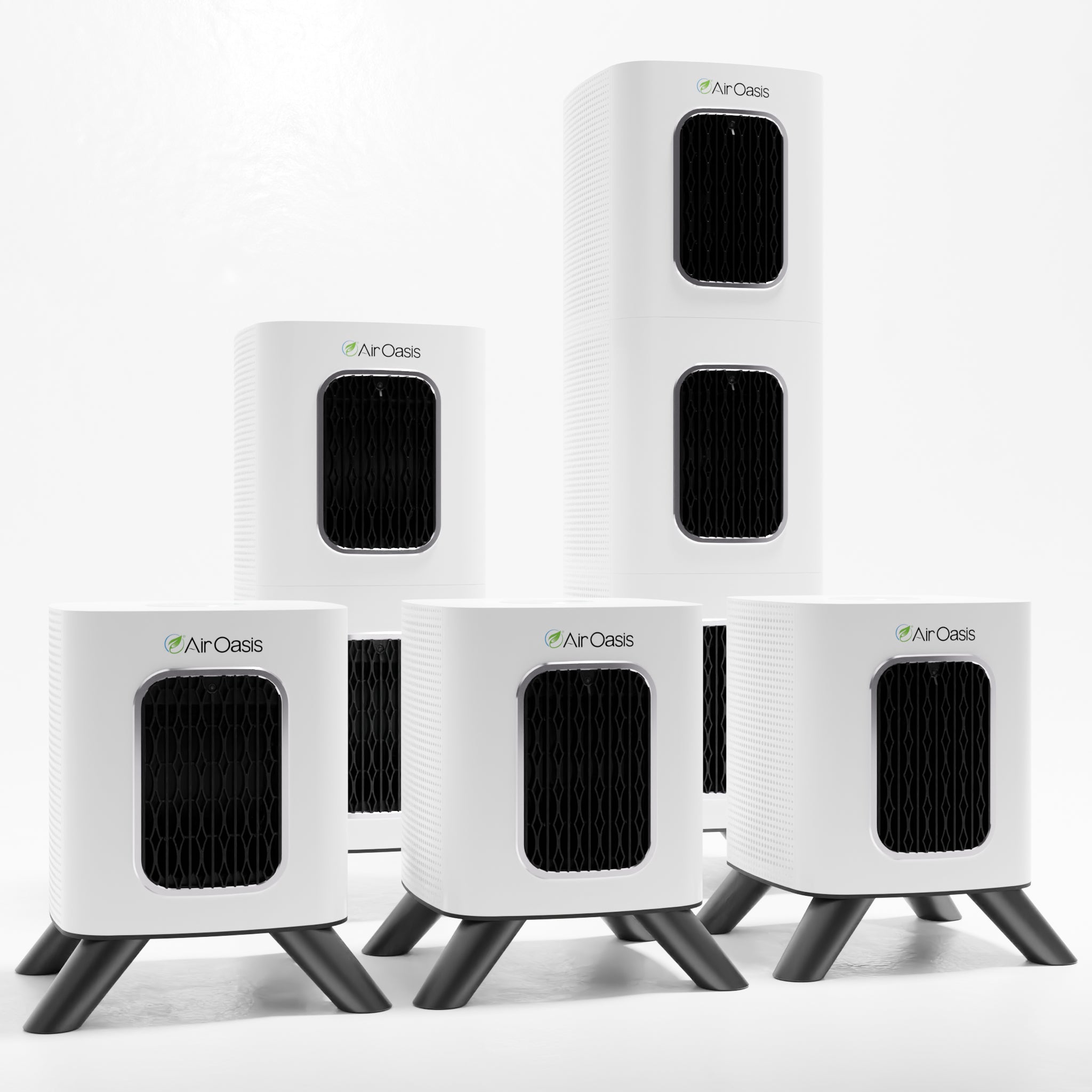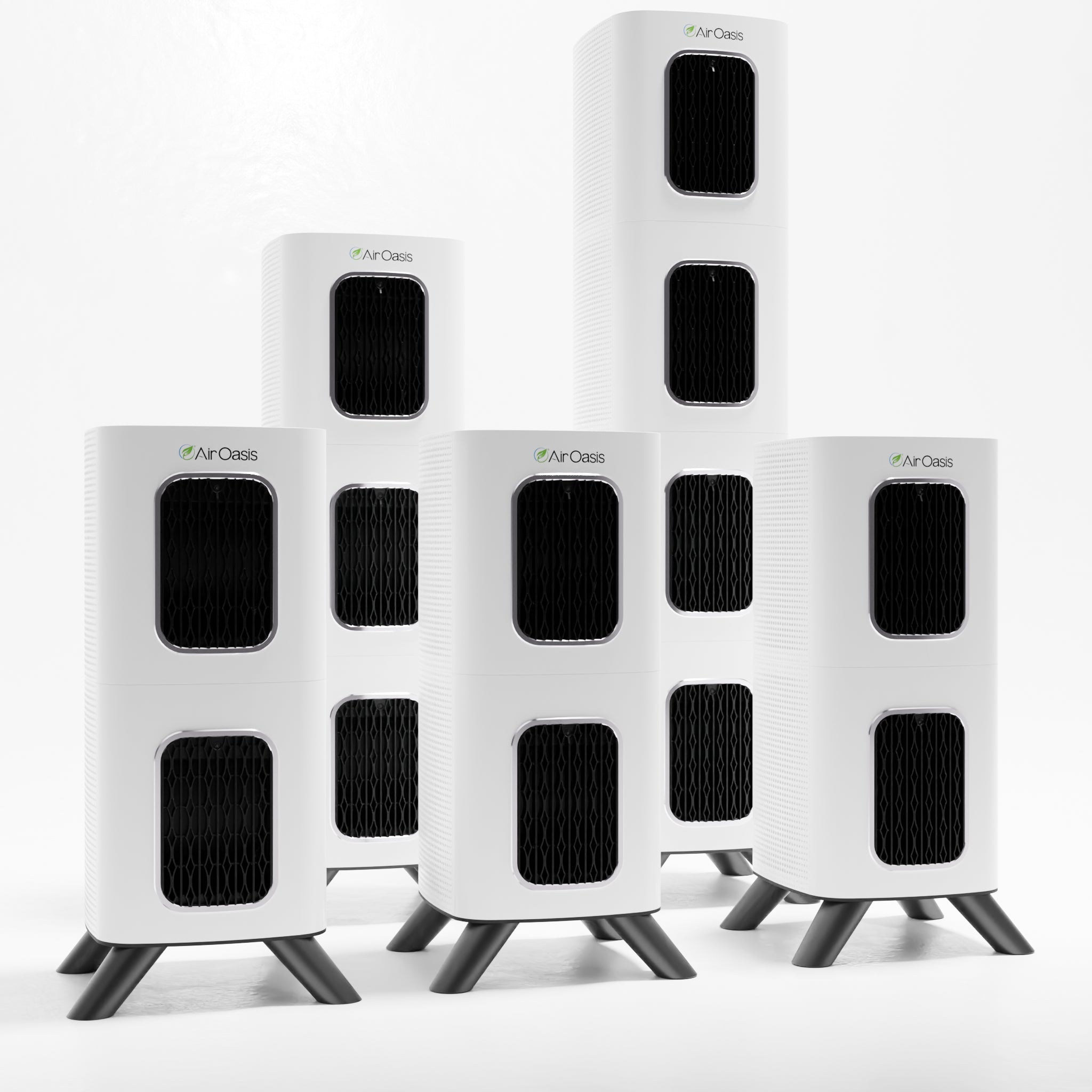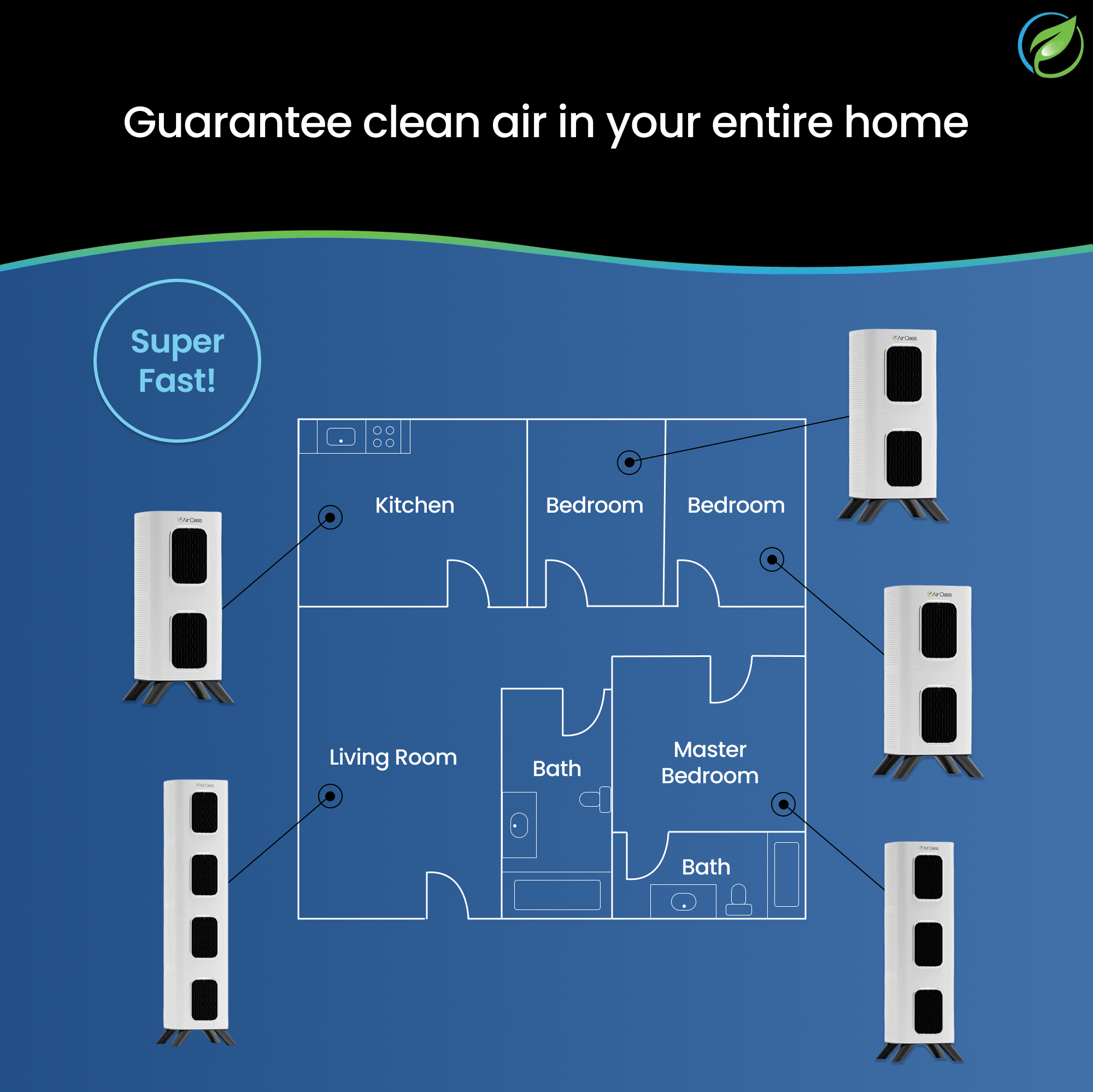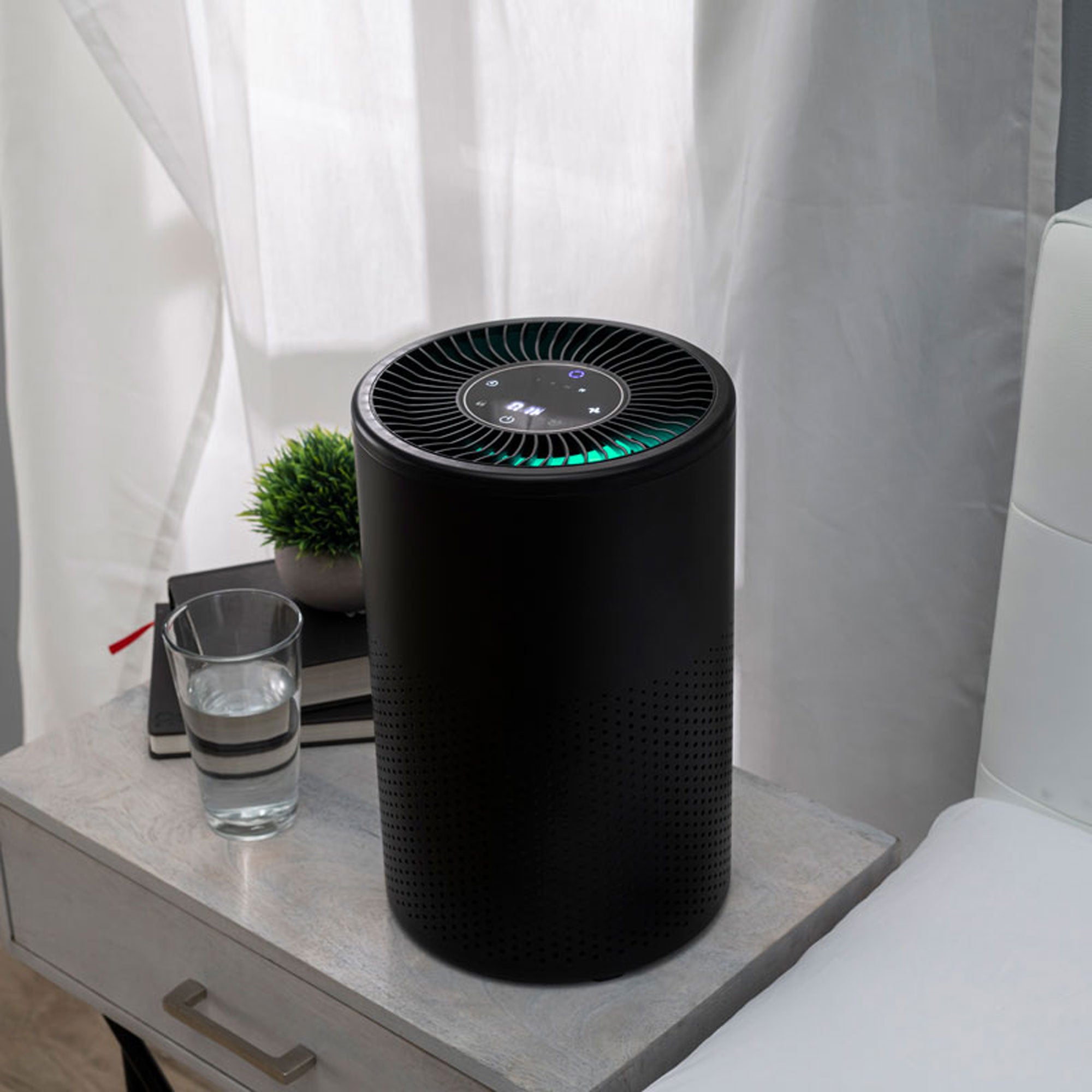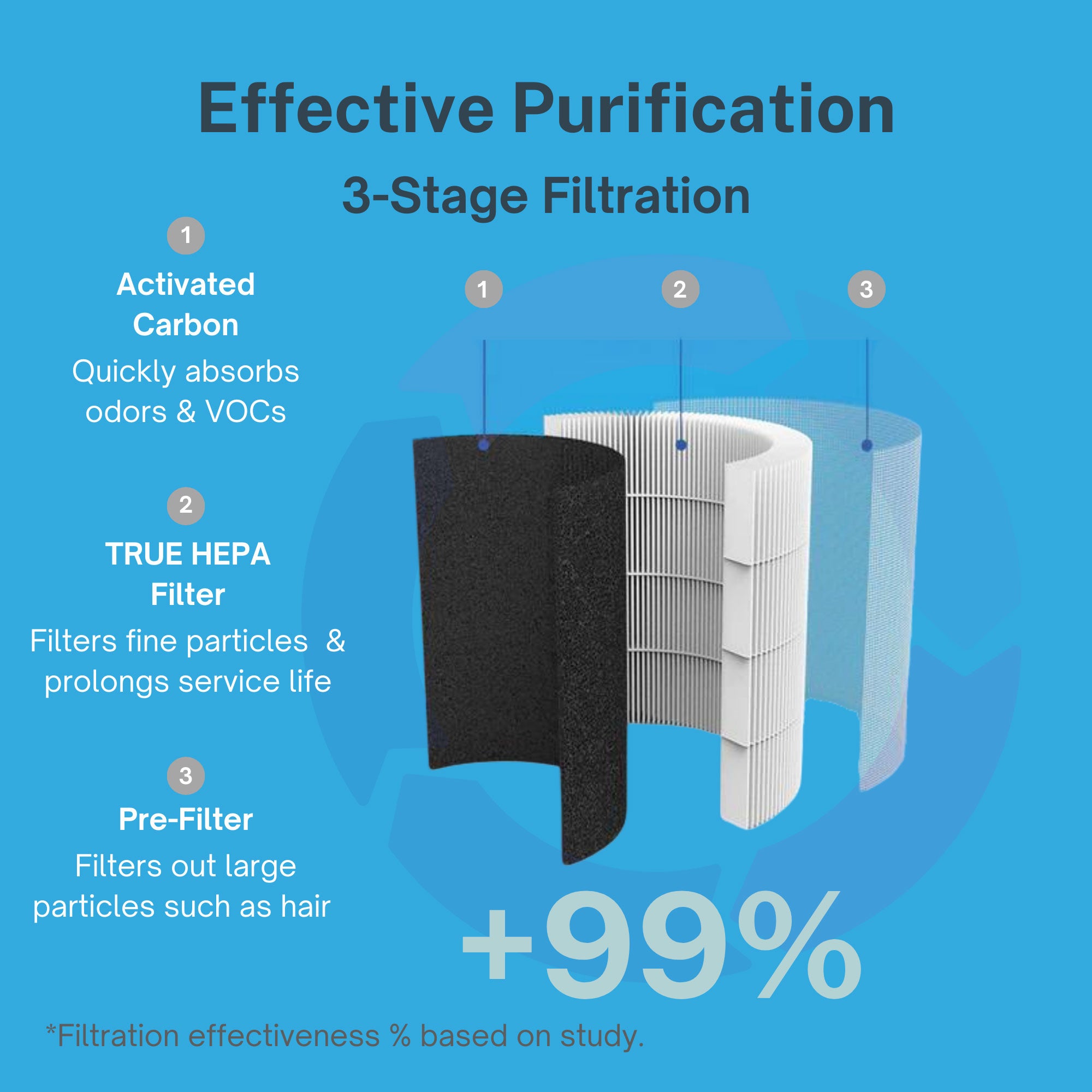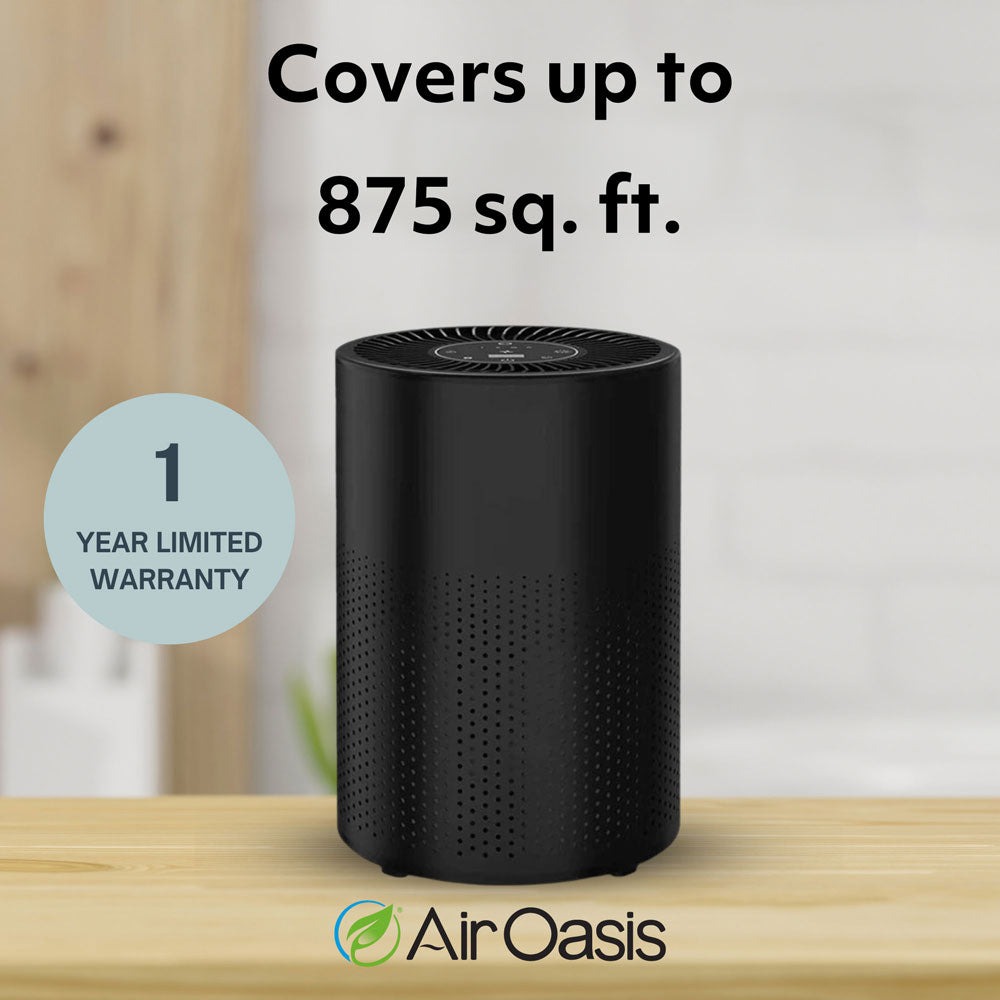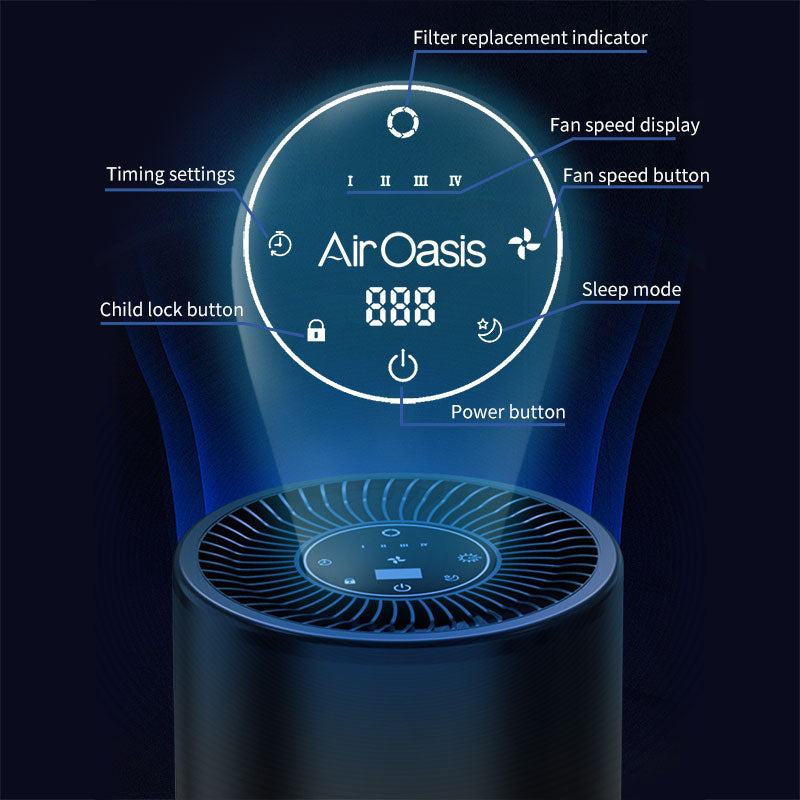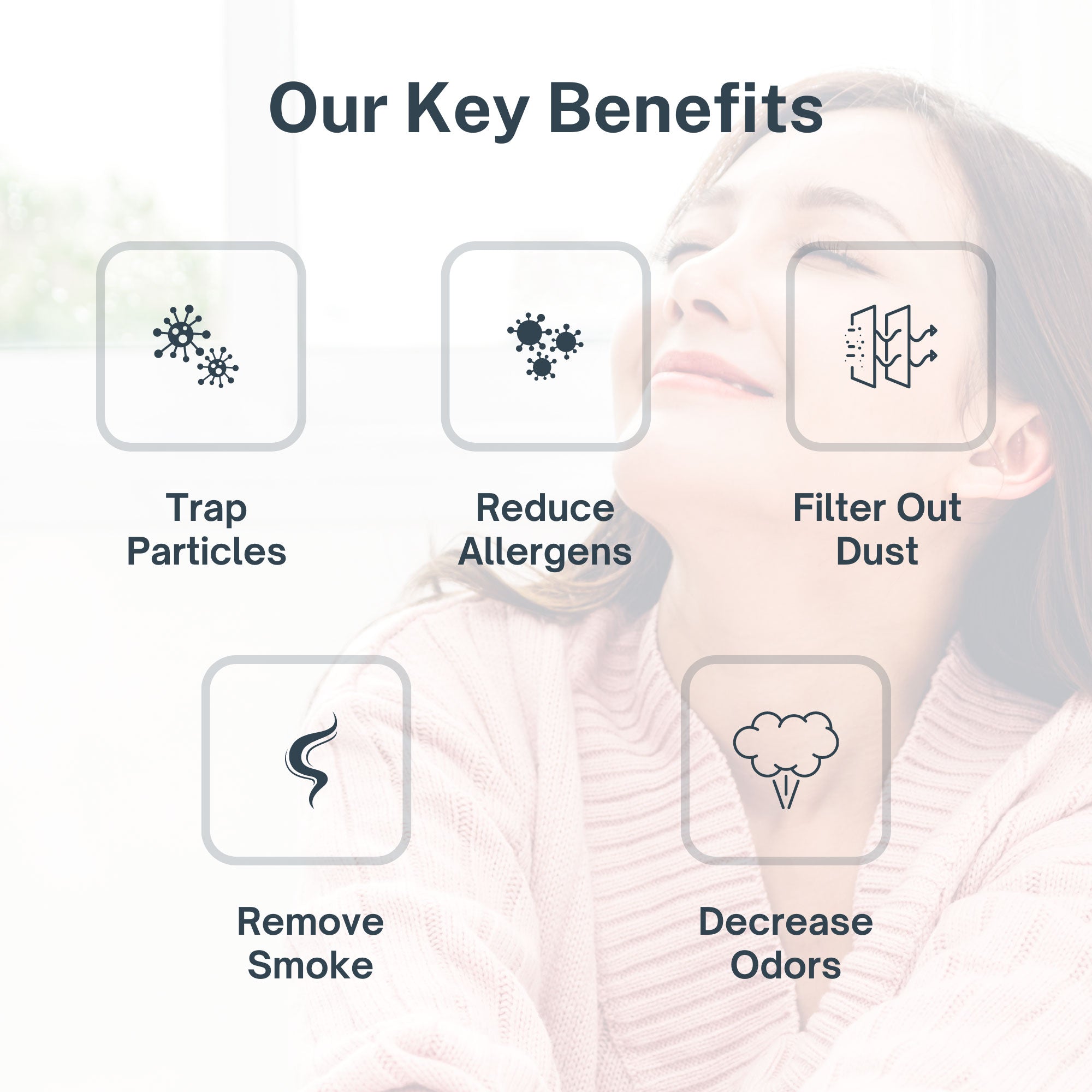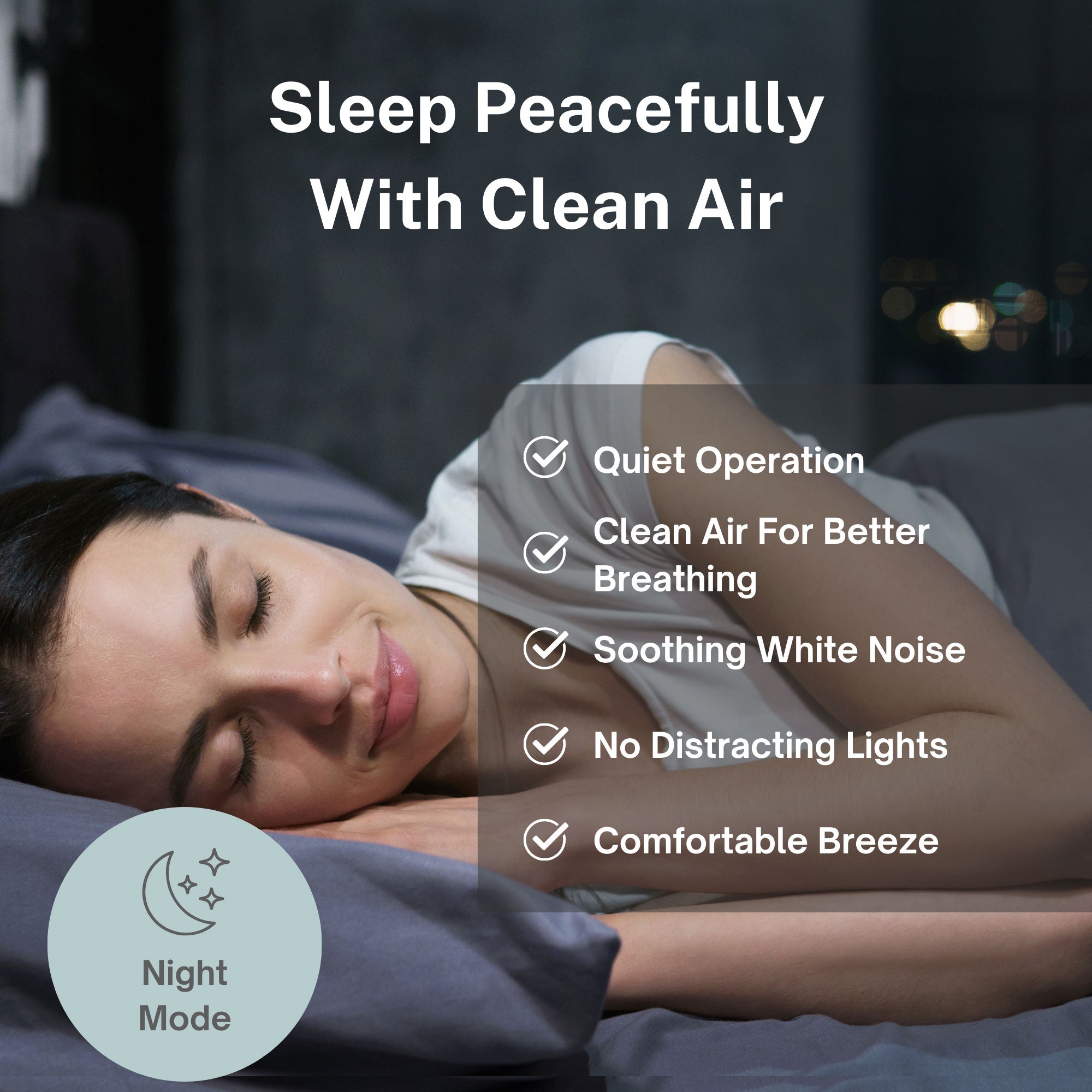Industrial agriculture pollutes the air you breathe. Massive tractors burn diesel fuel across thousands of acres. Chemical fertilizers release ammonia and nitrous oxide. Tilling exposes bare soil that wind carries for miles as particulate matter. And concentrated animal operations emit methane and hydrogen sulfide into surrounding communities.
Regenerative agriculture offers a different path. This farming approach rebuilds soil health while simultaneously reducing agricultural air pollution. The benefits extend from rural farmland to urban centers where agricultural emissions contribute significantly to poor air quality.
How Industrial Farming Contaminates Air
Conventional agriculture ranks as a major air pollution source. Ammonia emissions from synthetic nitrogen fertilizers react with other pollutants to form fine particulate matter. This PM2.5 penetrates deep into lung tissue and contributes to cardiovascular disease, respiratory illness, and premature death.
Tilling operations generate massive dust clouds. These contain soil particles, pesticide residues, and biological material. Farmworkers and nearby residents breathe this contaminated dust. The finest particles travel hundreds of miles downwind, affecting air quality in distant cities.
Pesticide drift carries toxic chemicals beyond target fields. These compounds volatilize after application and move through air currents. Communities near agricultural areas show elevated pesticide exposure in air samples and human biomonitoring studies.
Livestock operations concentrate thousands of animals in confined spaces. The resulting manure lagoons and waste management systems release ammonia, methane, and hydrogen sulfide. These gases contribute to smog formation, climate change, and immediate health impacts on nearby residents.
Regenerative Practices That Clean the Air
Regenerative agriculture eliminates or dramatically reduces these pollution sources through fundamentally different farming practices. No-till or minimal-till methods keep soil covered year-round. Plant roots hold soil in place. Wind erosion drops dramatically. The dust clouds that characterize conventional farming virtually disappear.
Cover cropping provides living plants on fields between cash crop seasons. These plants capture atmospheric carbon and convert it into soil organic matter. More importantly for air quality, the continuous plant cover prevents wind erosion and reduces the need for tillage operations that generate particulate pollution.
Composting replaces synthetic fertilizers. This eliminates the ammonia emissions associated with chemical nitrogen application. Compost releases nutrients slowly through biological processes rather than volatilizing into the atmosphere. The result is healthier crops and cleaner air.
Rotational grazing replaces concentrated animal feeding operations. Animals move frequently across pastures, distributing manure naturally rather than concentrating waste. This eliminates the massive methane and ammonia emissions from manure lagoons. It also reduces the hydrogen sulfide that makes life miserable for people living near industrial livestock facilities.
Integrated pest management dramatically reduces pesticide applications. Beneficial insects, diverse crop rotations, and healthy soil biology control pests naturally. Fewer chemical applications mean less pesticide drift into surrounding air.
The Broader Air Quality Benefits
Regenerative farms sequester carbon in soil rather than releasing it through intensive tillage. This contributes to climate stability, which affects air quality through reduced wildfire intensity and frequency. Healthier soils also filter water more effectively, reducing nutrient runoff that contributes to algae blooms and their associated air quality impacts.
The dust reduction alone provides measurable health benefits. Studies show that agricultural dust contributes significantly to respiratory disease in farming communities. Eliminating tillage operations removes this pollution source entirely.
Communities near regenerative farms report better air quality and reduced respiratory symptoms compared to those surrounded by conventional industrial agriculture. The connection between farming practices and breathable air becomes obvious to anyone living downwind.
Supporting Clean Air Through Food Choices
You support regenerative agriculture every time you purchase food from farms using these practices. Farmers' markets, community-supported agriculture programs, and retailers emphasizing regenerative sources all provide access to food grown without polluting the air.
Your food choices influence agricultural practices. Increasing demand for regeneratively grown food encourages more farmers to adopt these cleaner methods. The air quality benefits extend far beyond the farm itself.
Protect Your Indoor Air While Supporting Clean Farming
While regenerative agriculture improves outdoor air quality, your indoor environment still requires direct protection. Agricultural dust, pollen, and other outdoor pollutants infiltrate homes regardless of farming practices in your region.
The iAdaptAir system captures particulate matter from all sources including agricultural operations. HEPA filtration removes dust, pollen, and pesticide residues before they reach your respiratory system. You breathe cleaner air indoors while supporting farming practices that clean outdoor air.
Choose regenerative food. Purify your indoor air. Create health for yourself and the planet. Shop Air Oasis today.






